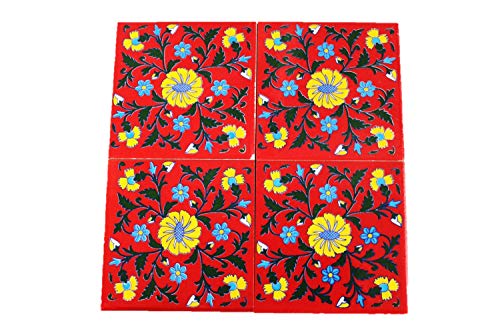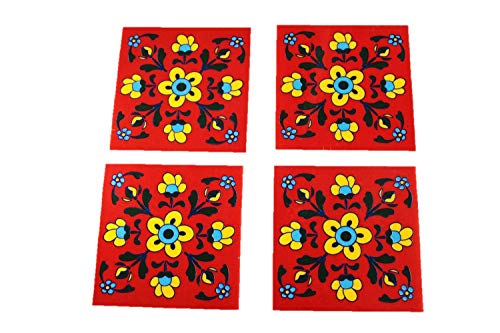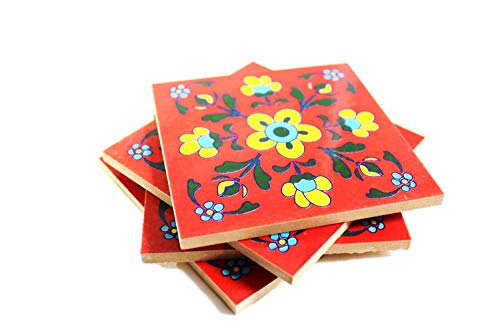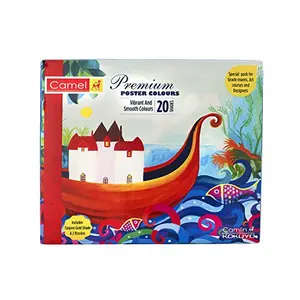Shipping Price - Flat 10NZD Charges or Get Free Shipping on order above 80NZD with minimum 3 Qty.
Blue Pottery: Tracing the Art This authentic art can be traced back to Turko-Persian origin when the Turks came to conquer India in the 14th century. Initially blue pottery was used in making tiles for masjids palaces and tombs across Asia. With the coming of the Mughals this art took off in India. Blue pottery came to India in the 19th century when the king - Sawai Ram Singh 2 was impressed by the craft and demanded his craftsmen and artisans to learn the technique. About the Karigars: The traditional blue pottery of Jaipur has been witnessing a stiff competition from inexpensive ceramic products. Earlier this craft was popular and many artisans living in the Jaipur villages used to earn their bread through this trade. However today only few families continue this handcraft. Amazon through its Amazon Karigar store showcases this beautiful art and the products to lighten up the living rooms of the houses across India. Preparing the Dough and Making the Mould The first step involves making the dough. The dough in made with raw materials like quartz powder cullet saji katira gond and multani mitti. These ingredients are mixed in a balanced ratio to form a non-sticky dough and then kept aside for a few hours. Moulds are then made from Plaster of Paris and given shape according to the needs. These moulds are then left to dry. Casting the Product Next the dough is uniformly flattened with the help of a flattening tool. The flattened dough is neatly placed on the mould and tucked in carefully to get the right shape. Thereafter the mould with the dough stuffed in it is filled with burnt wood dust. It is then softly pressed to give it the shape of the mould and left to dry. Smoothening The rough edges of the product are brushed with stone to rid it of the sharp edges. The artefact is further rubbed with sandpaper to make the surface smoother. Next it is coated with a mixture of dough and water to fill in its pores. Once dried it is rubbed with sandpaper y
Brand:
Blue Pottery
No reviews found
Similar products
My account
Main Categories
Contact Us
Have questions about order & Have some new requirements?
© 2015 - 2025 Silkrute. All Rights Reserved. | Privacy Policy | Terms & Conditions

















